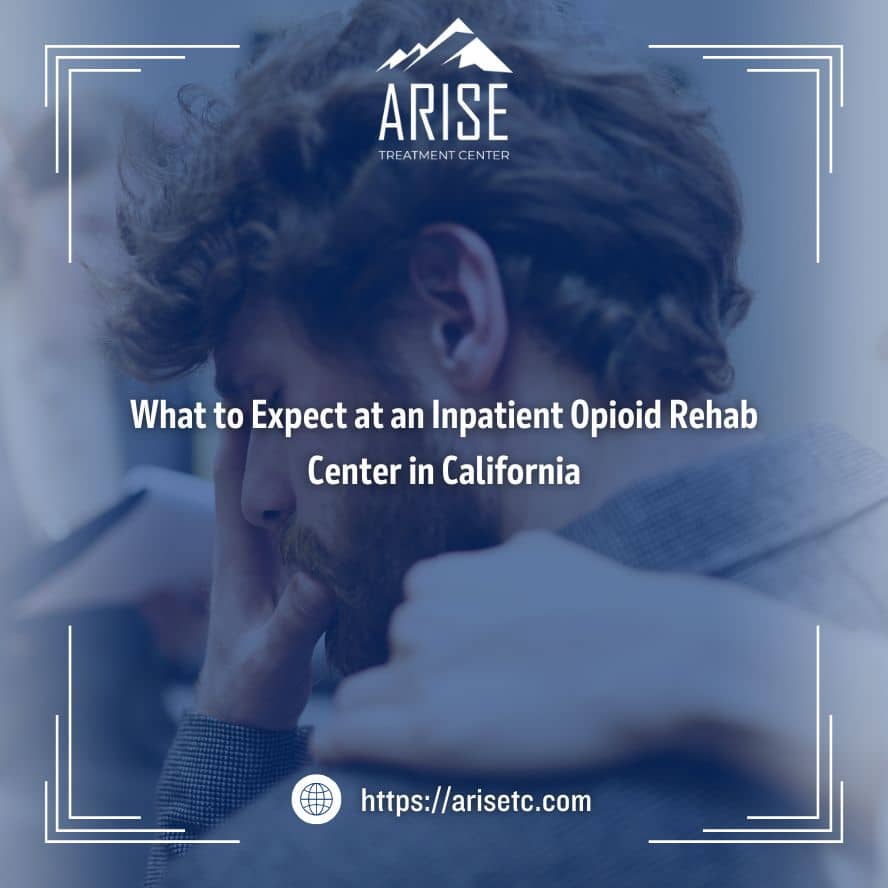Overcoming opioid addiction is not easy, but with the right treatment, anyone can achieve and maintain a sober lifestyle. While opioid addiction treatment may be offered across multiple levels of care, the most intensive, comprehensive approach to treatment is inpatient care.
At an inpatient opioid rehab center in California, clients live at the treatment facility for the duration of their stay. They reside in private or semi-private rooms and share common spaces with other people in recovery. During inpatient rehab, clients participate in various group and individual therapies, with the goal of addressing the root cause of their addiction and developing healthy coping skills. With around-the-clock care and support, individuals are given the opportunity to remove themselves from the stress of daily life and focus entirely on their well-being.
If you’ve never been to rehab before, you may be fearful and hesitant to check yourself into an inpatient facility. However, it helps when you know what to expect from an inpatient opioid rehab center.
Inpatient Opioid Rehab Starts With Detox
One of the reasons beating opioid addiction is so difficult is because of the withdrawal symptoms that appear abruptly after stopping opioids. Opioid withdrawal can be compared to a severe case of seasonal flu, resulting in a runny nose, watery eyes, body aches, muscle pain, restlessness, and drug cravings. Although opioid withdrawal is usually not life-threatening, it is best managed at a medical detox center.
Most inpatient opioid rehab centers in California have built-in detox programs, allowing clients to begin medically-assisted detox as soon as they arrive at the facility.
Opioid withdrawal is usually treated using opioid replacement therapy (ORT) with buprenorphine or methadone. These medications act as opioids and can alleviate withdrawal symptoms and cravings. In addition to medications, the staff provides 24-hour care and support to ensure client safety. Since medications can alleviate many withdrawal symptoms and reduce the need for inpatient care, many clients only spend a day or two in detox before fully immersing themselves in the residential treatment experience.
The Inpatient Opioid Rehab Experience
Inpatient rehab is an intensive treatment option during which you will remain under 24-hour care. Having around-the-clock support and supervision can reduce the risk of relapse by offering separation from drugs and alcohol, holding clients accountable, and encouraging supportive, family-like relationships between clients. Inpatient opioid rehab may involve:
Group Therapy
Group therapy is a key aspect of inpatient rehab, and the majority of your time will be spent in various small and large group therapy sessions. Group therapy aims to connect like-minded individuals who can play ideas off each other and provide one another feedback while also performing deep introspection. Groups show clients that they are not alone in their struggles and provide a sense of connection, understanding, and empathy.
Group therapy in addiction treatment may cover a range of topics, including thoughts and behaviors, mental illness, triggers, family issues, and more. Different types of groups may also have different focuses, for example, family group therapy will focus on family dynamics and issues relevant to your family, while gender-specific group therapy focuses on issues particular to your gender.
Individual Therapy
While group therapy is a powerful tool in addiction treatment, individual therapy also plays an important role. One-on-one therapy sessions with your primary therapist will provide you with a safe and private place to discuss sensitive issues that you may not feel comfortable discussing in a group. They are also helpful in monitoring your treatment progress, as these sessions give your therapist an opportunity to connect with you individually, assess your needs, and talk to you directly.
Medication-Assisted Treatment (MAT)
Medication-assisted treatment (MAT) is a comprehensive treatment approach that combines behavioral therapy and counseling with the use of opioid treatment medications. Medications used in MAT include Suboxone (buprenorphine/naloxone), Subutex (buprenorphine), Sublocade (buprenorphine subcutaneous extended-release), and Vivitrol (naltrexone). These medications can alleviate withdrawal symptoms and drug cravings, thereby increasing client retention in treatment and enhancing treatment outcomes.
Aftercare Planning
Therapy is intended to address and treat the root causes of your opioid abuse, but in order to stay sober, you must participate in aftercare. Before leaving an opioid rehab center in California, you will work with the clinical team to develop an aftercare plan based on your needs. Aftercare may involve:
- Sober living
- Continued therapy
- 12-Step meetings
- Recovery coaching
- Medication management
Participating in a variety of aftercare services can help you stay on the right path.
Find an Inpatient Opioid Rehab Center in Southern California Today
Inpatient rehab is the best way to approach treatment for opioid addiction. If you or a loved one are struggling with opioid addiction and are interested in learning more about inpatient rehab in Southern California, please contact our team at ARISE Treatment Center today.

